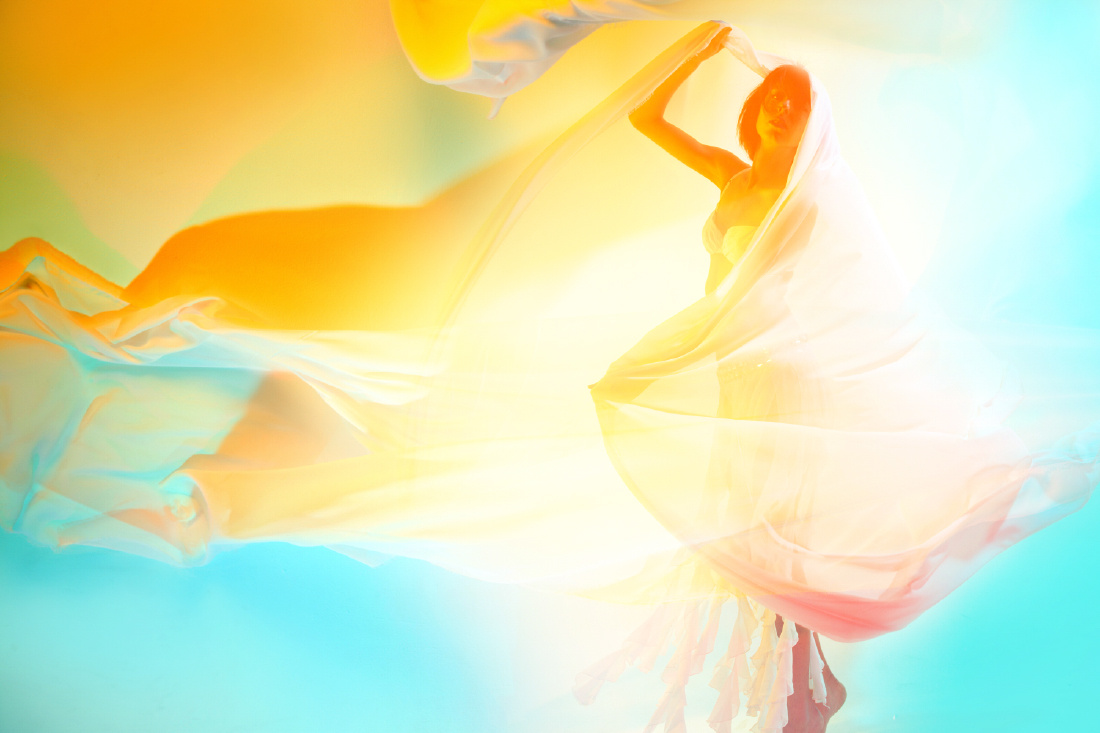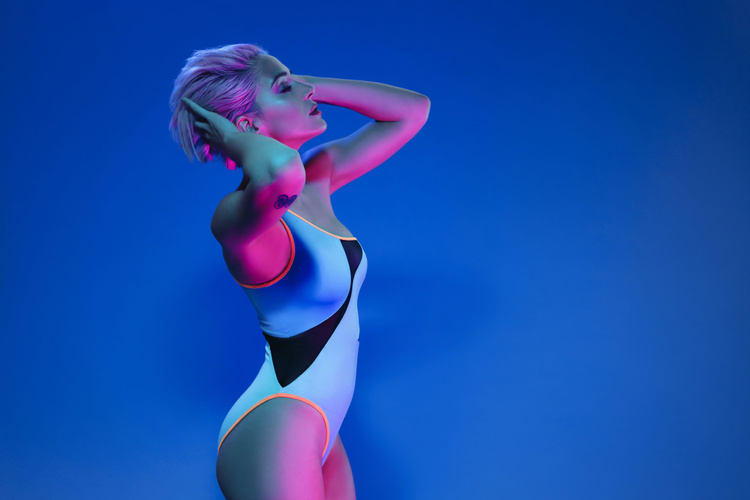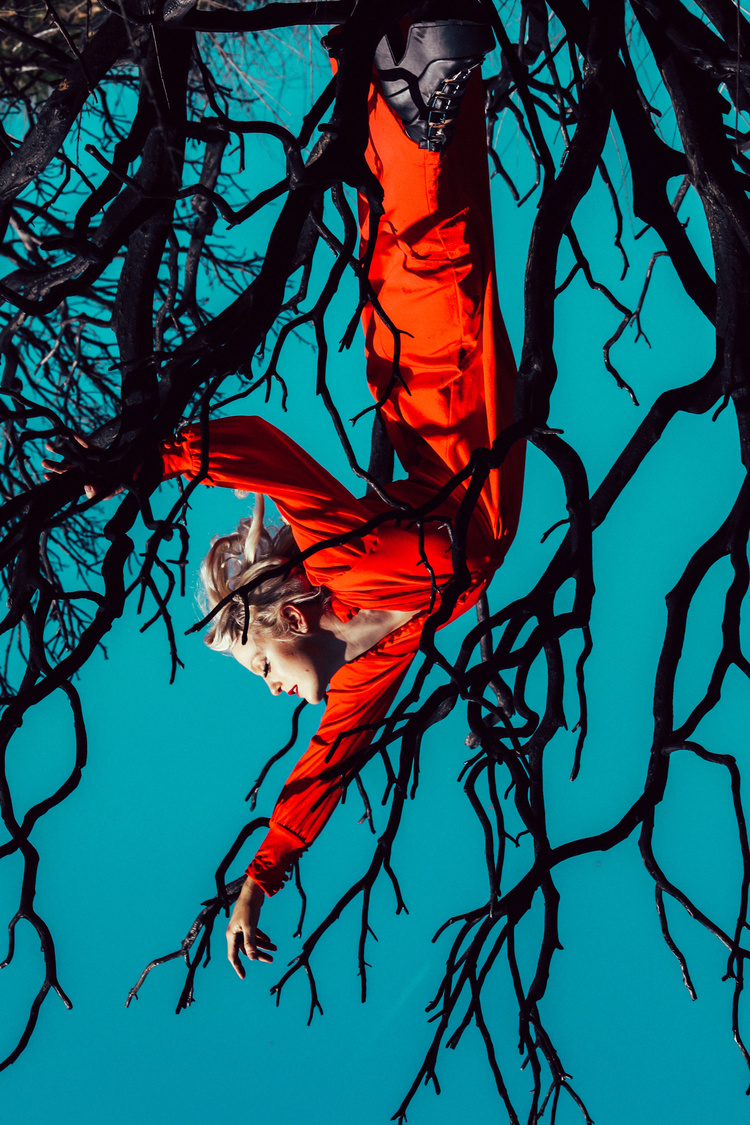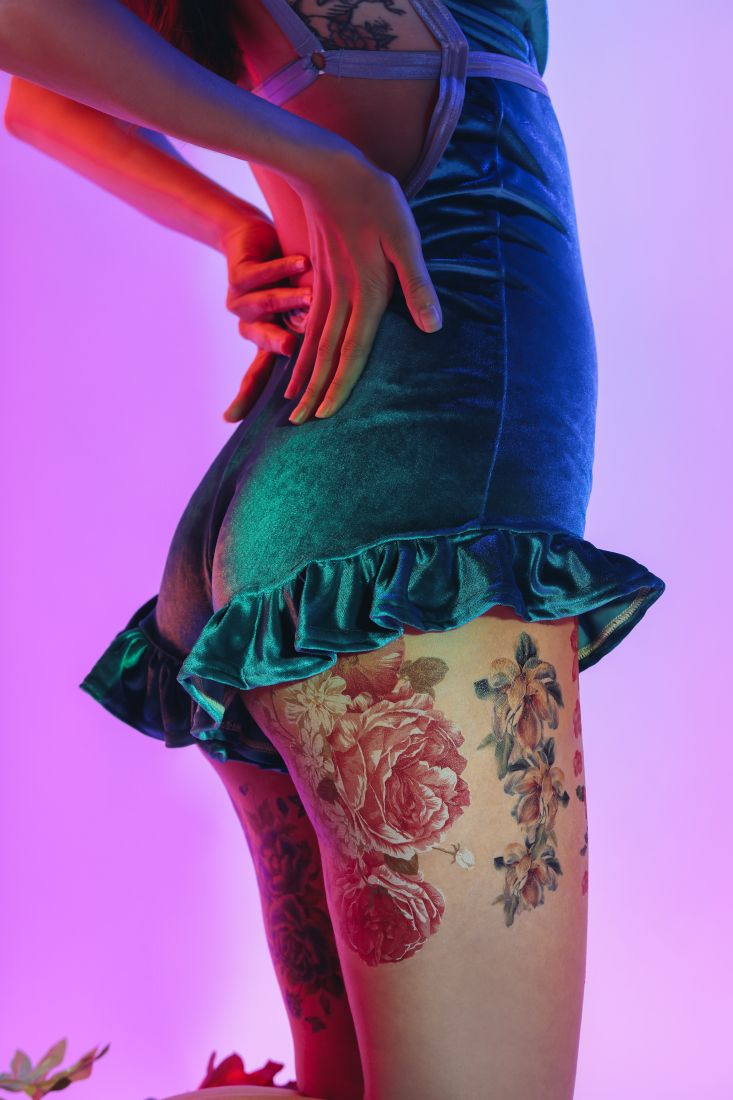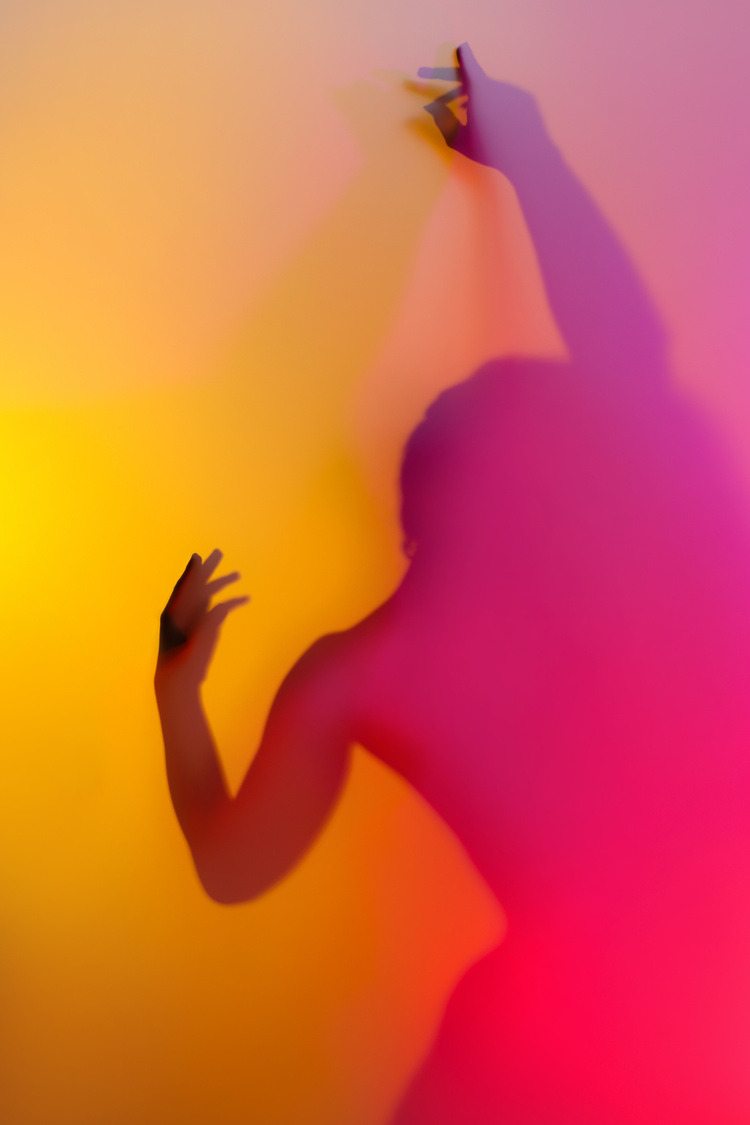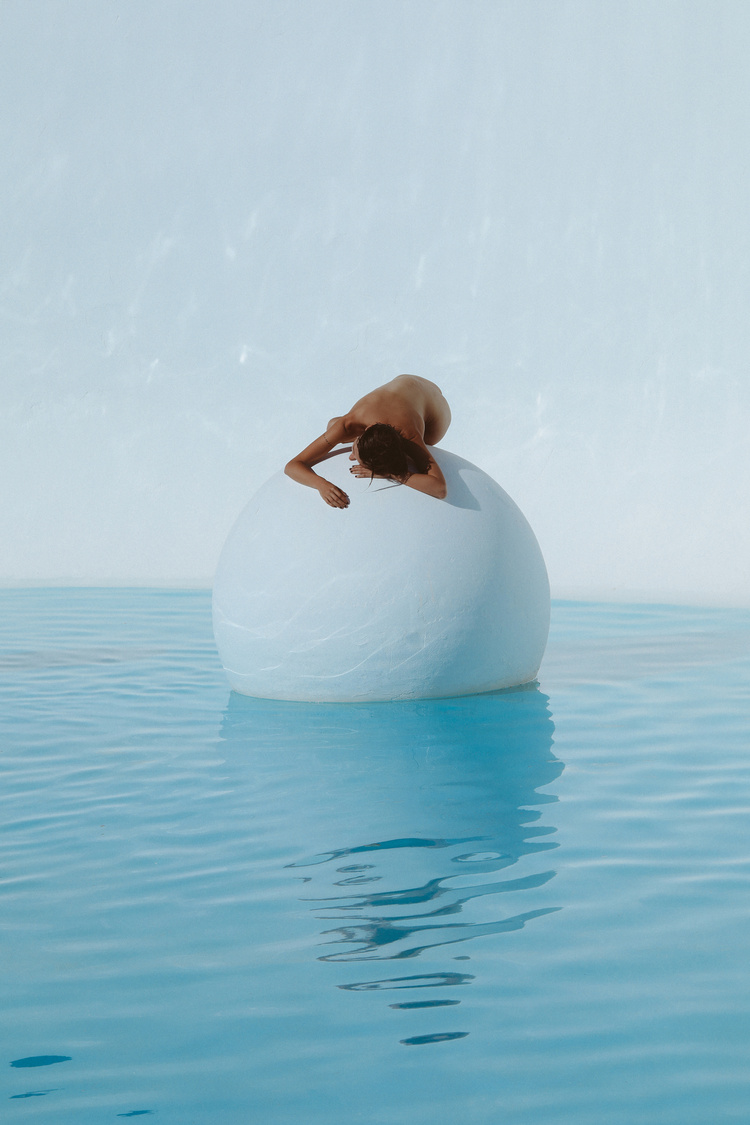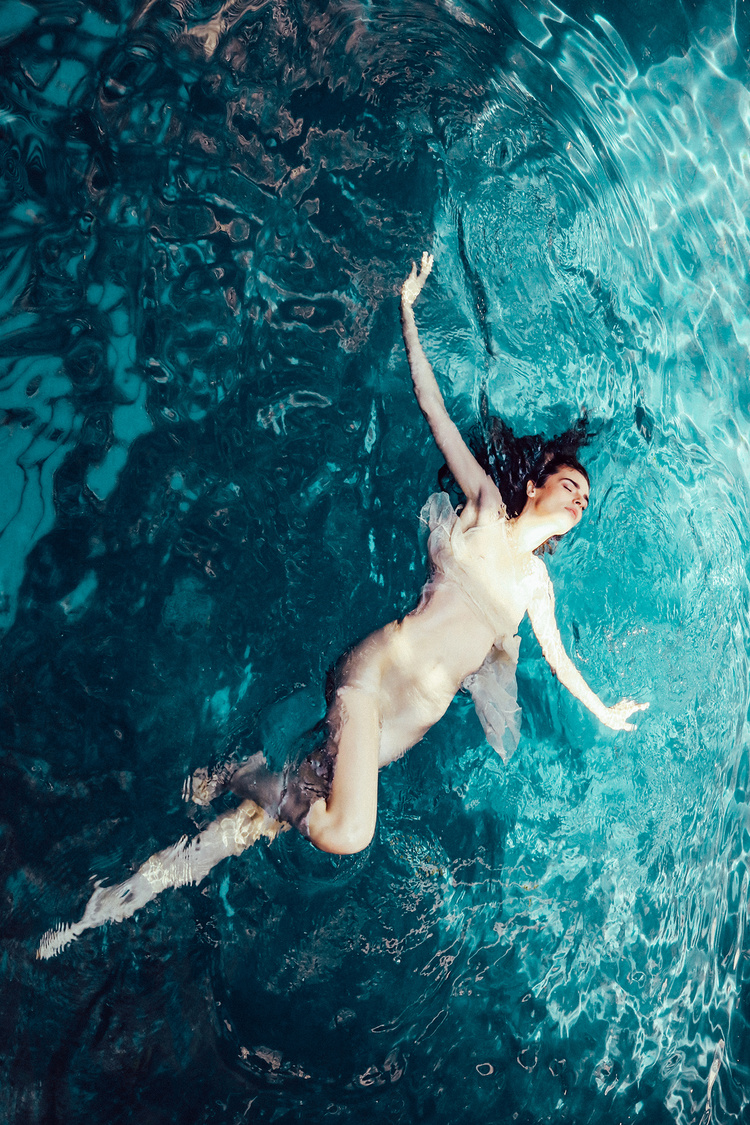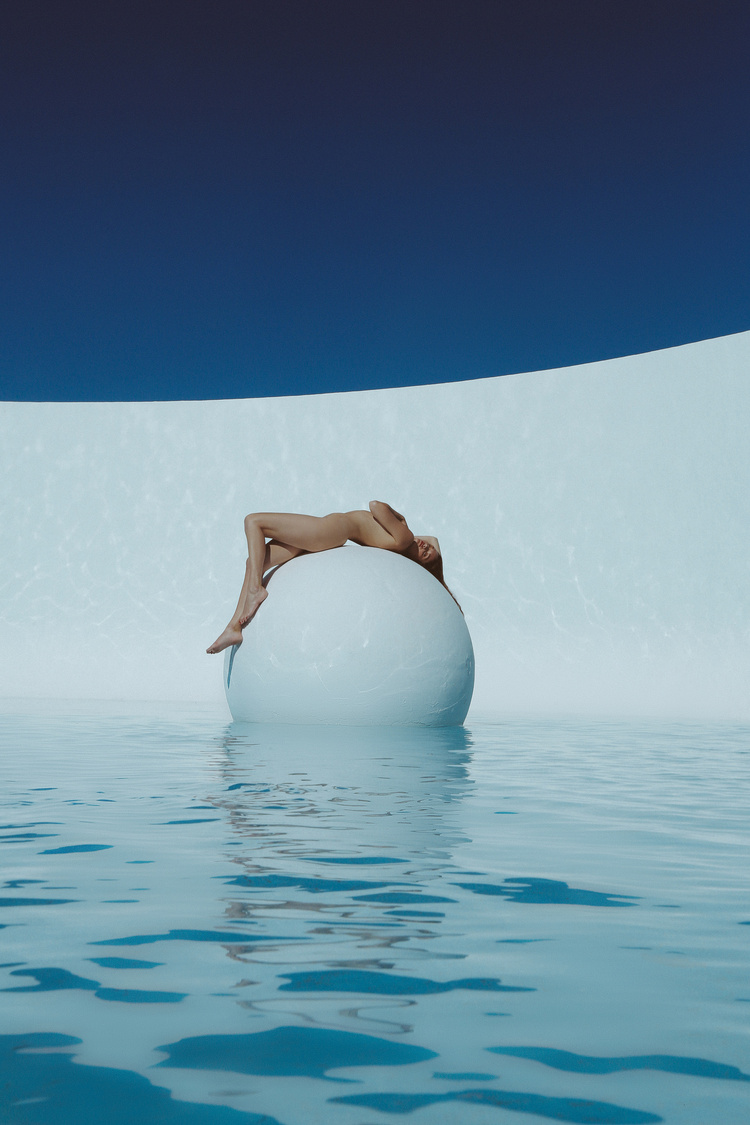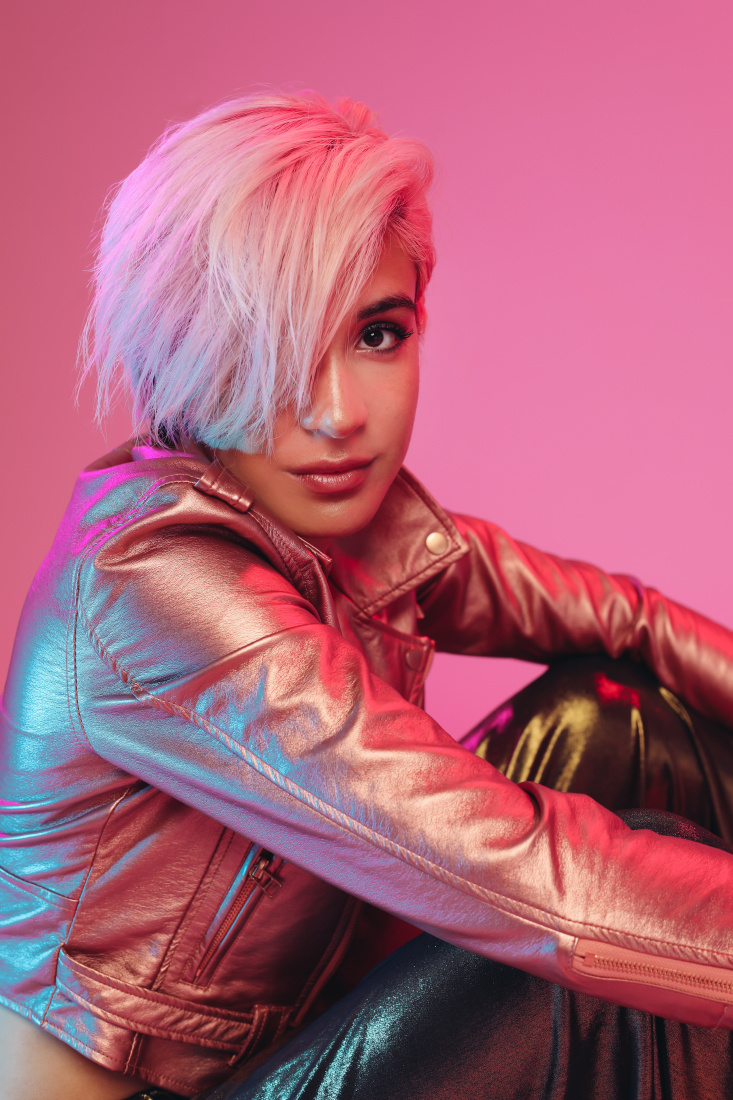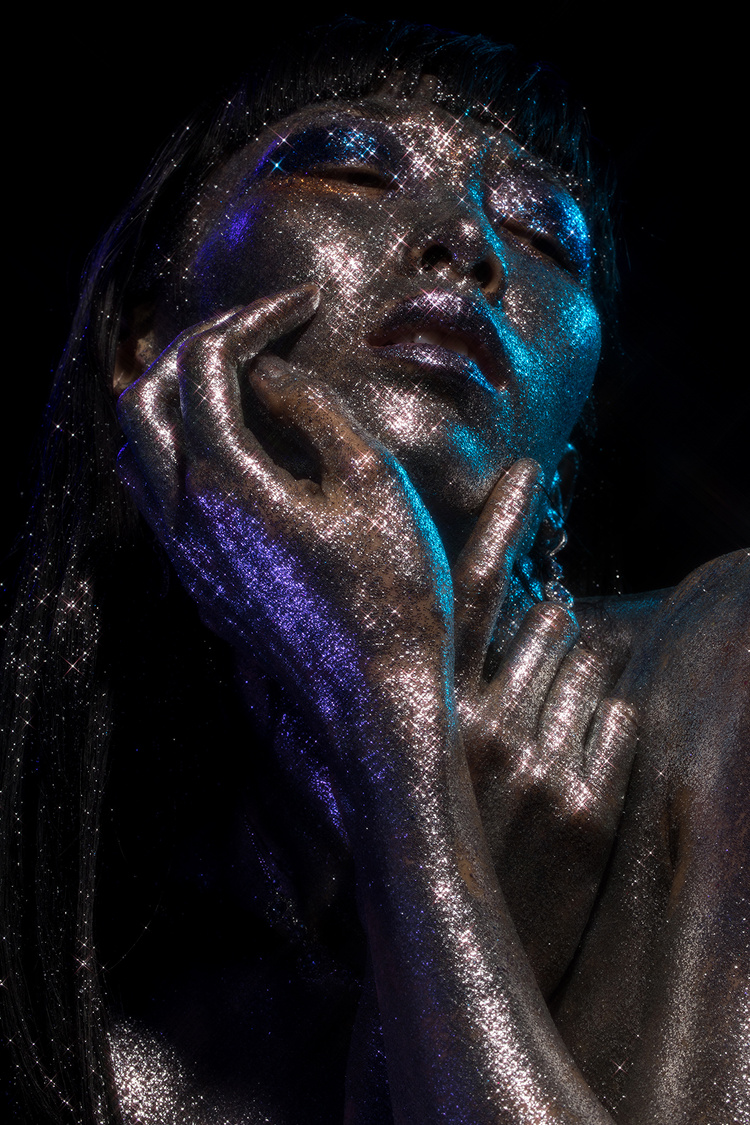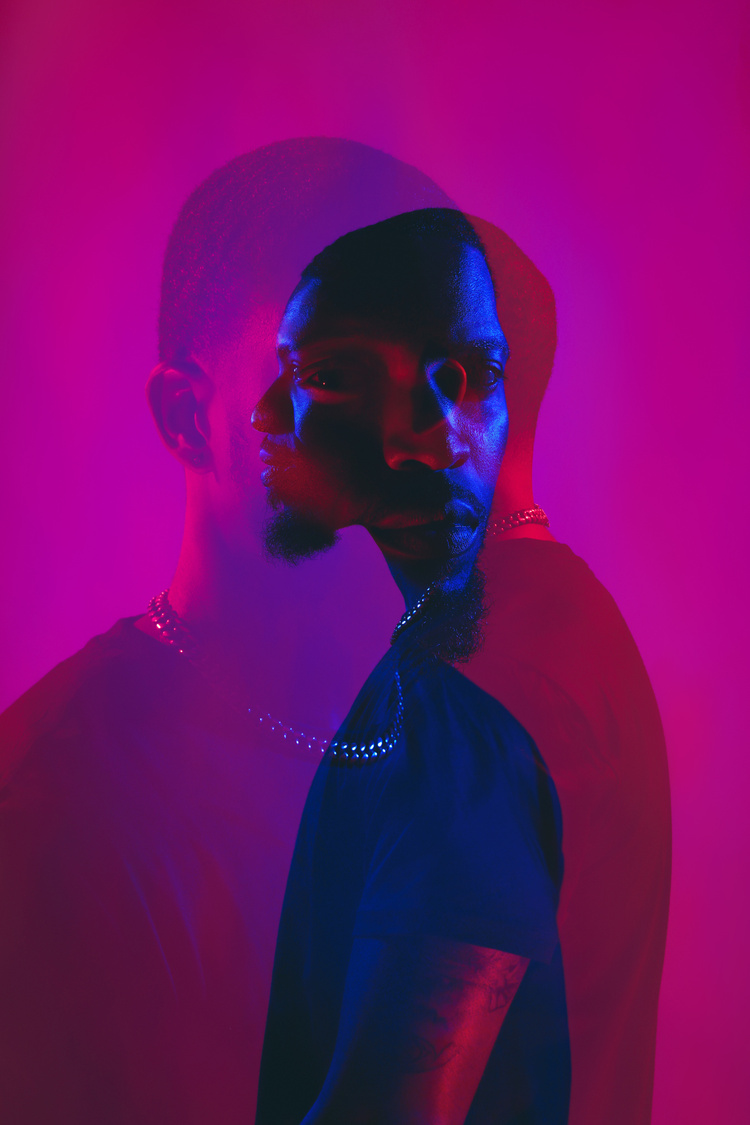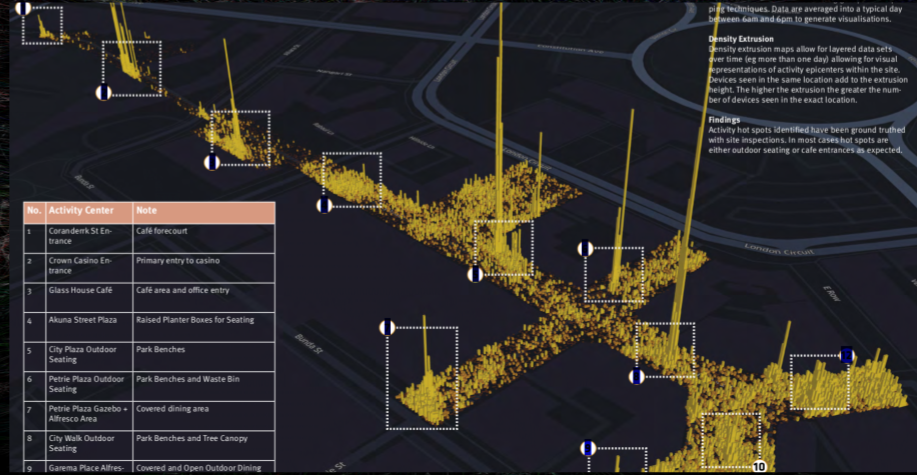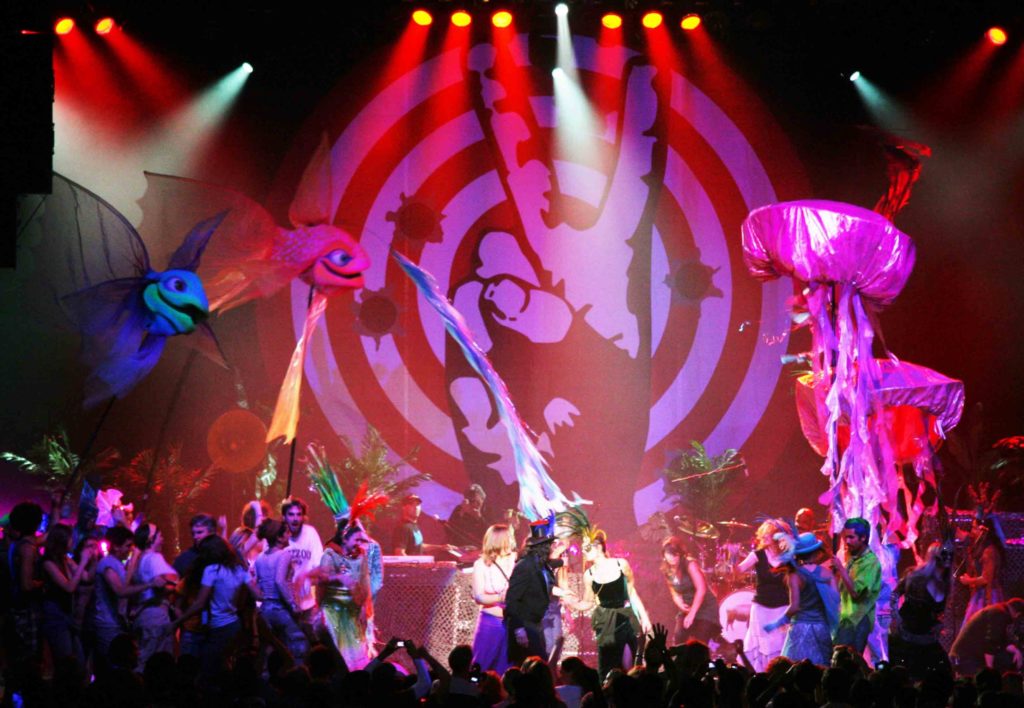An Interview with Photographer Elena Kulikova
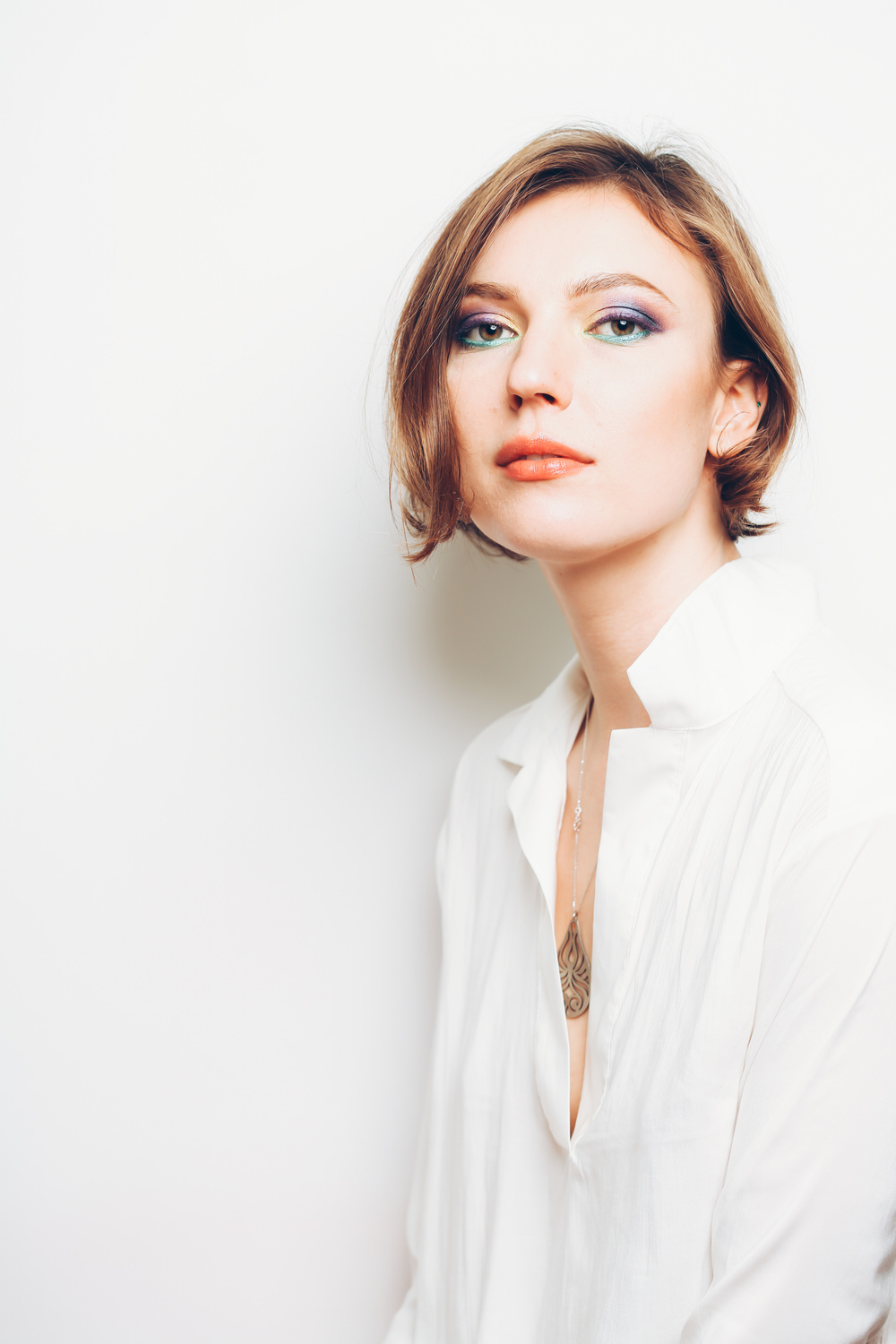
We recently had the privilege of working with photographer Elena Kulikova. Her work pushes the boundaries and produces captivating images in a vibrant, dynamic, conceptual, style that is uniquely her own. She shared with us some of her background and answered some of our burning questions.
Tell us a little about your background. You got your start as a model. How has your work in front of the camera informed your work behind it?
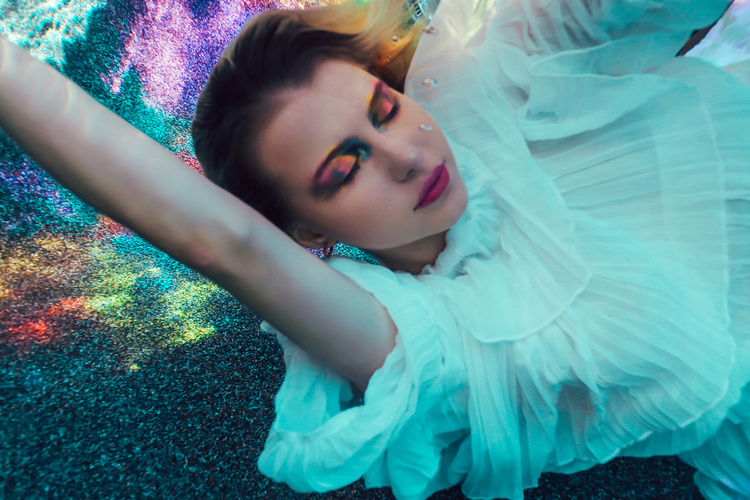
As a model, I was able to learn about photography by feeling first. I didn’t know any of the technical details, and observed the creative process and learning how to direct by being directed. I often worked with new photographers and everyone is so unique that I was able to absorb a lot of different styles and attitudes.
Can you share with us a little bit about your conceptual process? When an agency or a brand brings an idea or a brief to you, what comes next? How much of your process is carefully planned and what parts are spontaneous?
Hiring the right people to accomplish the project, the models, the make-up and hair artists, the stylists, etc. After that come multitudes of moodboards; one for props, for make-up, the style, for lighting, poses if it’s complicated poses or very stylized, and each one is shared with the appropriate people such to communicate the vision so we’re all on board. Through this process, some details are refined and thought out more and the concept becomes stronger.

We hired you for a cannabis lifestyle shoot, which is one of your specialties. Your work is visually arresting, provocative and beautifully lit. Can you tell us about your creative thinking, studio strategies and your overall “brand” in the cannabis imagery space?
I get creatively lit with cannabis! It really inspires me, especially during the editing process. I love the concept of synesthesia and I think I’ve always wanted to create that feeling in my photography. I think my cannabis branding style touches on that, I want you to smell the colors, feel the vapor, hear the flowers. I think my studio strategy is to create visuals that I would want to feel.
Tell us about your lighting work. What goes into getting such lush, high-saturation images?
Gels! I go to Samy’s frequently to buy gels and combine various colors with strobes.
Your work is sexy without being tacky or objectifying. As a woman photographing women, can you tell us how you approach your subjects and your work when it comes to sexuality, the human form and the potential “commodification” of them?
Honestly, I don’t know why my work doesn’t come off as objectifying. I know that I feel like I know when a photograph of a woman is taken by a man or a woman. It has a certain feeling that feels tense or awkward sometimes. When a woman photographs another nude woman it’s usually more sensual or playful. Maybe it comes from the poses that are suggested to the model by the male or female perspective, or maybe it has something to do with how the female model trusts or feels around male or female photographers? I love photographing nude women because I think our bodies are pure beauty and I want to evoke and share a certain joy or liberty of being nude by creating playful images or images that touch on transience and other dimensions. It’s interesting though I don’t have much interest in photographing men nude, I think it would be awkward for me to have fully nude men in my studio. As far as commodification, I think that comes from marketing commercial products, like beauty skincare or lingerie – beauty and fashion commodify women a lot. – As far as commodification, I think that comes from marketing commercial products, like beauty skincare or lingerie – beauty and fashion commodify women a lot.
What do you do to get the right shots out of your subjects? How do you put models at ease, how do you challenge them, etc.?
First things first models and everyone on the team needs to be fed! Other necessities are just as critical – water, heat, air, plenty of outlets with chargers, music, and of course a connection to internet 🙂 Jk. But really everyone needs the tools they need to do a good job, and be happy and comfortable. Knowing people’s comfort levels and needs requires communication, everyone is different.
You do most or all of your unusual color and visual effects in camera as opposed to in post. Why is this important and how does this affect the final product?
In-camera has a certain organic feeling and there are moments or accidents that can’t be recreated. Post usually looks too similar and consistent without any element of surprise. Post can be nice when it’s novel but not always.
What’s in your camera bag?
I have a peak design bag. Canon EOS R, Canon Mark IV infrared, 100mm, 24-105, 17-24, 300. Polaroid, LCA, polaroid film and 35mm film.
What photo or photo style are you tired of seeing? What do you hope trends in 2020?
I’m tired of seeing that hand shot, where the perspective is of the photographer holding hands with another subject. In 2020 I wish people would spend less time retouching photos.
Finally, what was the process of working with Oniracom like? What did you enjoy (and not enjoy)? What did we do well and what can we improve?
I love that Oniracom had a clear vision, that the team worked well with each other, and communicated well with me and other team members, they were thoughtful and caring, and overall had their shit together! I love that and appreciate everyone on the Oniracom team!
